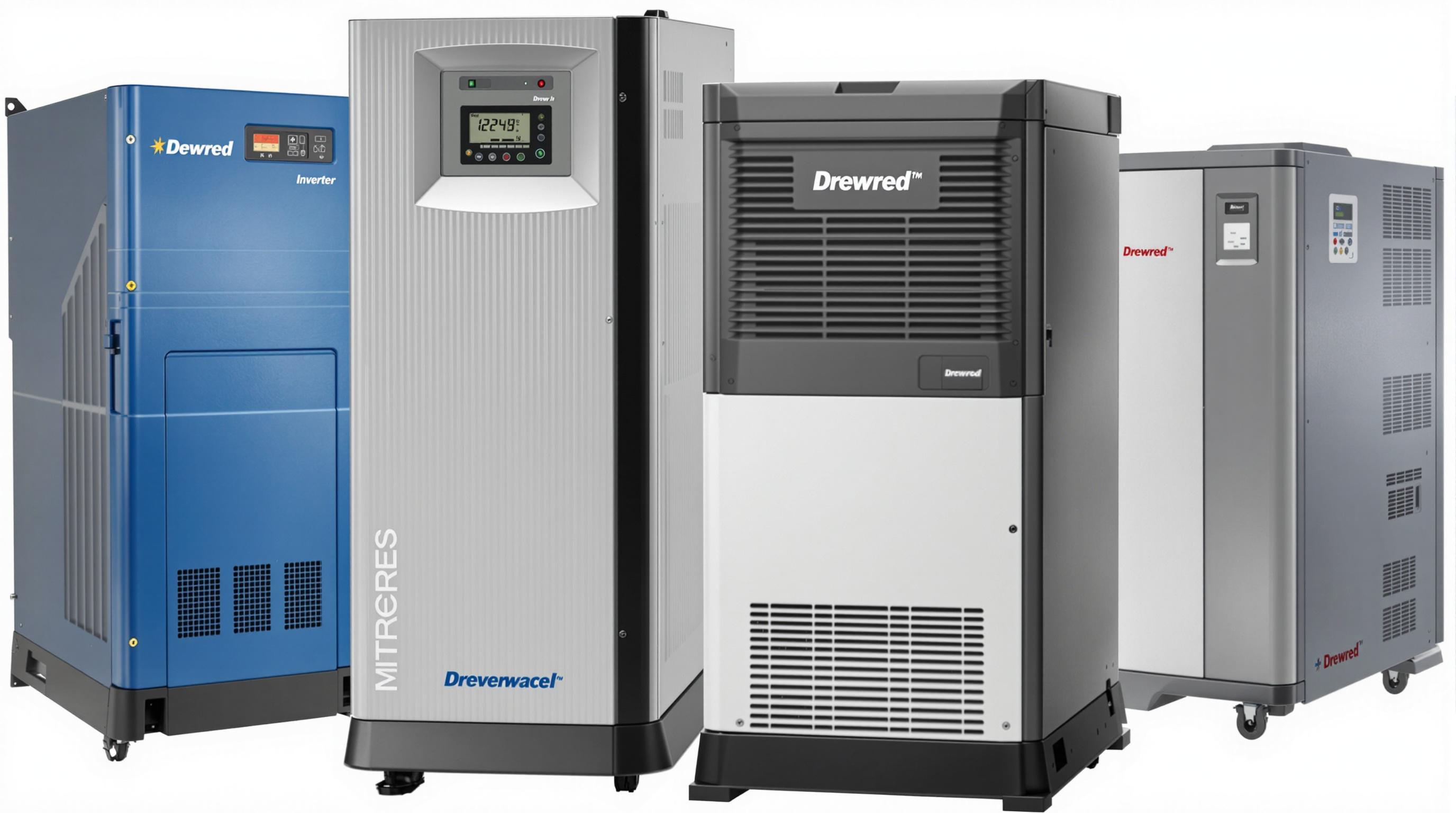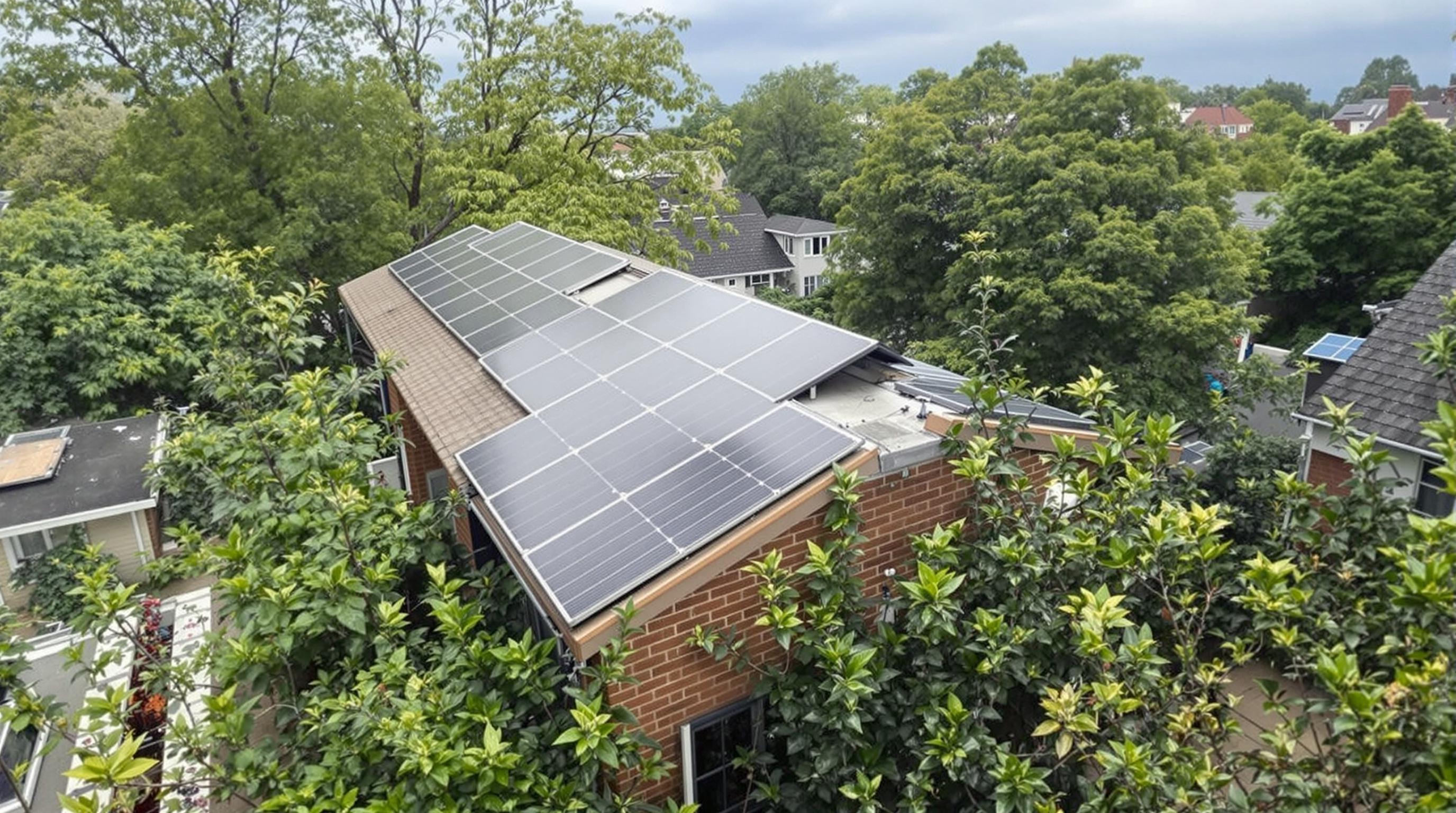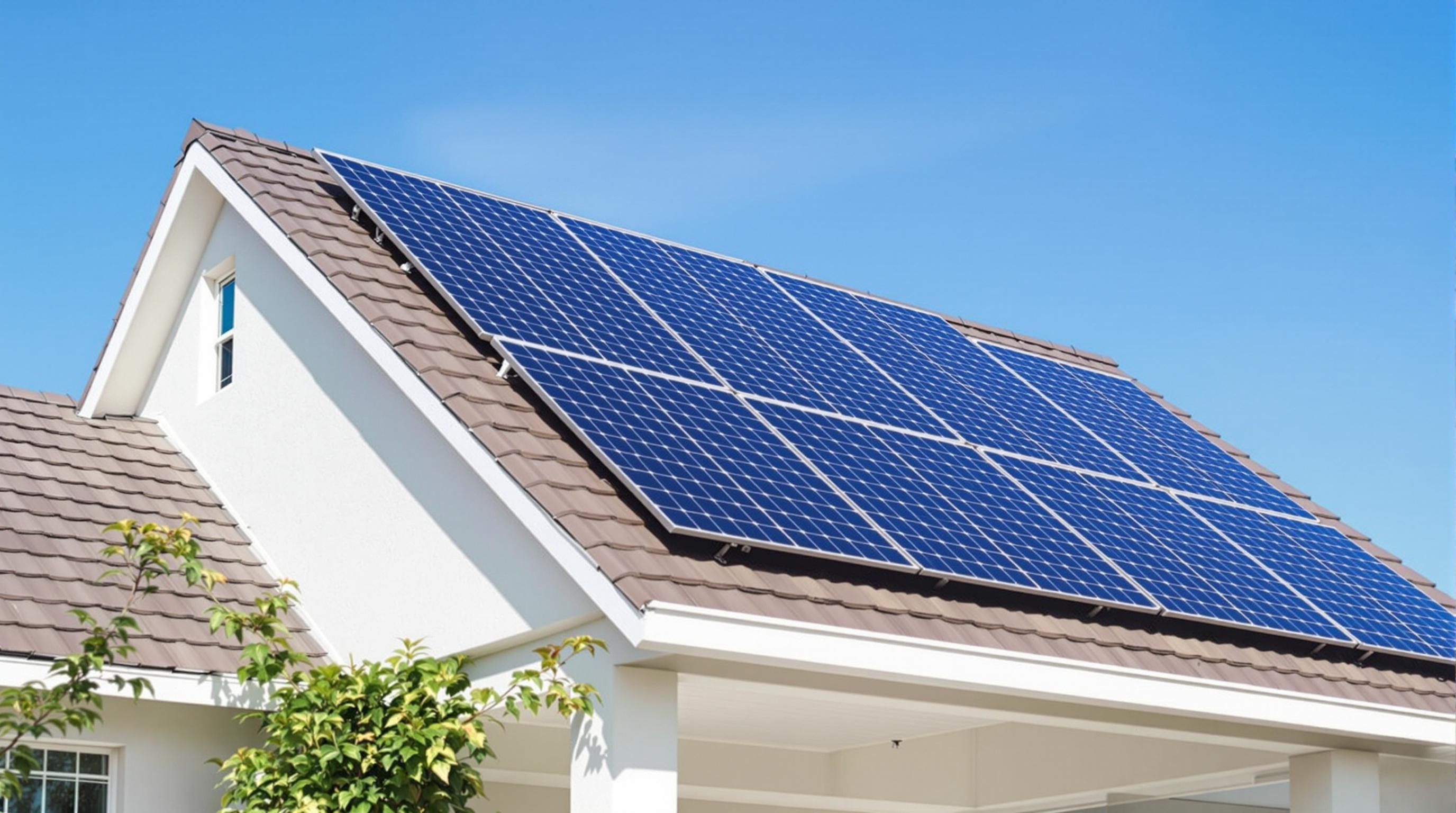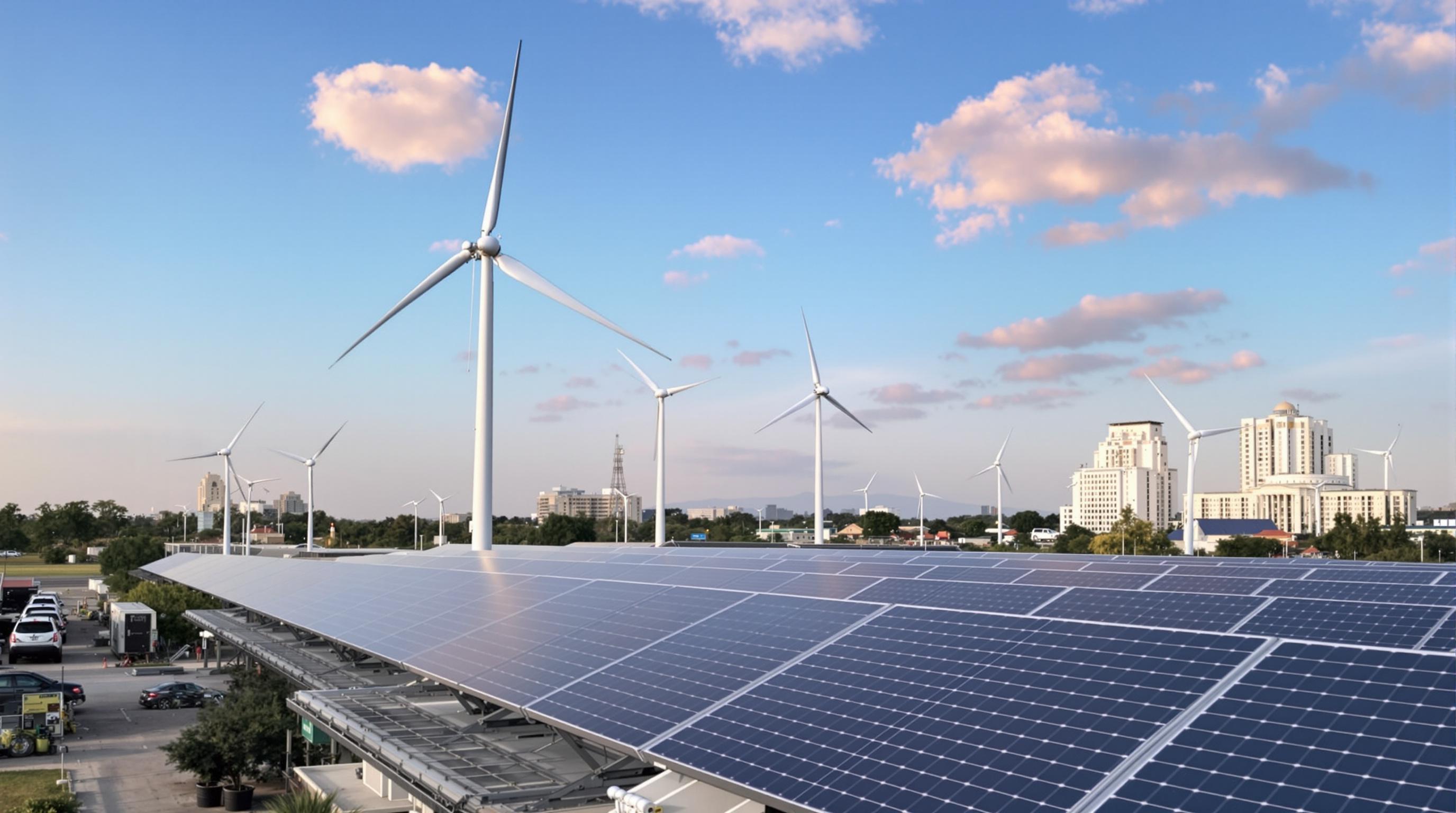Related Articles
- 6 Revolutionary Solar Panel Cleaning Robots Since 2019 Rated for Efficiency and Contractor Appeal
- How Unexpected Weather Patterns Are Shaping Homeowner Choices in Solar Installation Partnerships
- How Solar Inverter Noise Pollution Affects Urban Wildlife and What Manufacturers Are Overlooking
- How Solar Inverters Influence Home Resale Value and What Buyers Rarely Consider Before Purchase
- How Microclimates Secretly Shape Solar Energy Output in Unexpected Urban and Rural Landscapes
- The Quiet Role of Microclimates in Shaping Solar Harvesting Outcomes Beyond Conventional Efficiency Measures
Top 8 Cutting-Edge Inverter Models from the Last 5 Years: Performance, Durability, and Value Compared
Top 8 Cutting-Edge Inverter Models from the Last 5 Years: Performance, Durability, and Value Compared
Top 8 Cutting-Edge Inverter Models from the Last 5 Years: Performance, Durability, and Value Compared
Inverters play a critical role in today’s energy landscape, converting DC power from renewable sources into usable AC electricity efficiently and reliably. Over the past five years, inverter technology has made remarkable strides, delivering better performance, enhanced durability, and improved overall value for consumers and businesses alike. This article explores the top 8 inverter models released in this time frame, analyzing their key features, technological advancements, and cost-effectiveness.
Choosing the right inverter is vital for maximizing energy yield, extending the lifespan of solar installations, and reducing operational costs. Factors such as efficiency ratings, thermal management, and smart grid compatibility are now at the forefront of inverter design. As renewable energy adoption accelerates globally, these advancements are shaping the future of power conversion technology.
Each section below delves into one highly rated inverter model, assessing its performance metrics, build quality, and price/performance ratio. By comparing these aspects, consumers can make informed decisions tailored to their specific energy needs and budget constraints.
1. SolarEdge SE17K-US Inverter
The SolarEdge SE17K-US inverter is renowned for its high efficiency and innovative power optimization technology. It integrates module-level power electronics that allow for individual panel optimization, maximizing energy harvest even in partially shaded conditions. With a peak efficiency of 99.2%, it stands out as one of the best performers for residential and commercial solar systems alike.
Durability-wise, the SolarEdge SE17K-US features robust construction with IP65-rated enclosures, ensuring resilience against harsh weather conditions. Its advanced thermal management system minimizes overheating risks, which contributes to long-term reliability and reduced maintenance needs.
In terms of value, this model offers excellent warranty terms, typically 12 years with options to extend. Although priced in the higher mid-range bracket, the performance gains and added energy yield often justify the upfront investment. According to data published by SolarEdge (2022), users report up to 20% higher system output using SE17K-US compared to traditional string inverters.
2. SMA Sunny Boy 7.0-US
The SMA Sunny Boy 7.0-US inverter has gained widespread popularity due to its consistent energy efficiency and flexible configuration options. It boasts a maximum efficiency of 97.5%, suitable for single-phase residential systems. The company’s renowned “Secure Power Supply” feature allows for backup power during outages, enhancing its usability.
Built with a powder-coated aluminum enclosure and designed to comply with UL 1741 SA and IEEE 1547 standards, the Sunny Boy 7.0-US ensures high durability and grid compatibility. Its integrated monitoring platform provides users with real-time performance tracking, aiding in proactive maintenance.
From a value perspective, the inverter is competitively priced and backed by a standard 10-year warranty. Market reviews highlight its reliability and ease of installation, making it a preferred choice for homeowners focused on balanced performance and affordability (SMA America, 2021).
3. Enphase IQ8 Microinverter
The Enphase IQ8 revolutionizes inverter technology with its microinverter approach, attaching an inverter directly to each solar panel. This design significantly improves system resilience and scalability. Notably, the IQ8 series introduced grid-forming technology enabling the creation of backup power microgrids without batteries, a first in the residential market.
Its durability is enhanced by rigorous testing against humidity, temperature fluctuations, and salt mist environments, achieving an IP67 rating. This rugged build ensures functionality in diverse climates, supported by a 25-year warranty, which speaks volumes about its long-term reliability.
Though the IQ8 typically represents a higher initial cost due to per-panel inverters, the modular design allows easy system expansion and targeted maintenance. Industry analysts note that in systems with shading or complex layouts, the IQ8 can deliver up to 15% more energy than traditional string inverter setups (Enphase Energy, 2023).
4. Fronius Primo 8.2-1
Fronius is a well-regarded name in solar technology, and its Primo 8.2-1 inverter model emphasizes operational simplicity combined with high efficiency. The unit achieves 98.1% peak efficiency and supports robust integrated data communication options for monitoring and diagnostics.
The housing incorporates corrosion-resistant materials, including aluminum and polymer composites, rated IP65, suitable for outdoor installation in varied environments. Its active cooling system reduces temperature-induced performance degradation, reinforcing durability and uptime.
Typically aimed at residential and small commercial users, the Primo 8.2-1 balances high-end features with moderate pricing. Fronius offers a standard 10-year warranty with options to extend to 20 years, providing assurance for users intending long solar asset lifespans (Fronius International GmbH, 2022).
5. Huawei SUN2000-10KTL-M1
Huawei’s SUN2000-10KTL-M1 inverter stands out for integrating smart digital technology, including AI-powered arc fault circuit interrupters and IoT connectivity for real-time remote monitoring. Peak efficiency is rated at 98.6%, which enhances energy capture in residential and commercial arrays.
The inverter’s rugged design features IP65 protection against dust and water ingress and employs an innovative liquid-cooled heat dissipation system to manage thermal loads effectively, thereby improving system reliability and lifespan.
Price-wise, this model is positioned competitively for the advanced features it offers. Huawei’s 10-year warranty and global support network make it a strong contender in markets emphasizing industrial-grade quality with smart-energy capabilities (Huawei Technologies Co., Ltd., 2023).
6. ABB UNO-DM-6.0-TL-PLUS-US
ABB’s UNO-DM-6.0-TL-PLUS-US inverter is designed for simplicity and reliability in the small residential segment. It achieves a maximum efficiency of 97.6%, optimized for single-phase power systems typical in North American homes.
The unit features a rugged, fanless design, improving durability by reducing moving parts prone to failure. Its enclosure rating of NEMA 3R protects against rain and dust, making it suitable for various installation environments.
Value-wise, ABB targets budget-conscious consumers seeking solid performance with straightforward installation. The product includes a standard 10-year warranty and positive feedback on its quiet operation and long-term dependability (ABB Review, 2022).
7. Sungrow SG12KT-M
The Sungrow SG12KT-M inverter delivers excellent three-phase power output with a peak efficiency of 98.4%, making it ideal for commercial and utility-scale solar projects. It supports versatile grid requirements and is compatible with energy storage systems, supporting hybrid solar-plus-storage setups.
Durability features include an IP66-rated enclosure and a fan-free cooling system to reduce maintenance. Its high-quality components undergo extensive reliability testing to ensure long service life under demanding operational conditions.
The price point is competitive within the commercial inverter class. Furthermore, Sungrow provides a 10-year limited warranty, backed by one of the largest global inverter manufacturers, which adds confidence for large-scale investors and EPCs (Sungrow Power Supply Co., Ltd., 2023).
8. Delta M50A Hybrid Inverter
Delta’s M50A hybrid inverter integrates solar conversion with energy storage management capabilities. It offers a peak efficiency of 98.8% and supports seamless battery integration, making it ideal for households and businesses aiming to optimize energy autonomy.
The rugged enclosure meets IP65 standards, and advanced thermal control protects internal electronics from overheating. Delta’s design philosophy focuses on modularity and ease of service, improving operational uptime and prolonging equipment life.
The M50A is competitively priced considering its hybrid functions, which traditionally command premium costs. Users benefit from a 10-year warranty and comprehensive after-sales support, enhancing its overall value proposition (Delta Electronics, Inc., 2022).
Conclusion
The advances in inverter technology over the last five years have brought higher efficiencies, smarter connectivity, and enhanced durability to the forefront of energy conversion solutions. From SolarEdge’s module-level optimization to Enphase’s microinverter innovation, each model discussed offers unique benefits catering to different applications and budgets.
Consumers and businesses must assess their specific needs, such as system size, environmental conditions, and future scalability, when selecting an inverter. With the appropriate choice, users can maximize renewable energy gains while ensuring reliability and cost-effectiveness over the system life cycle.
Sources consulted for this overview include manufacturer technical datasheets, industry reviews, and independent performance audits, ensuring a comprehensive and balanced comparison of today’s top inverter technologies.




